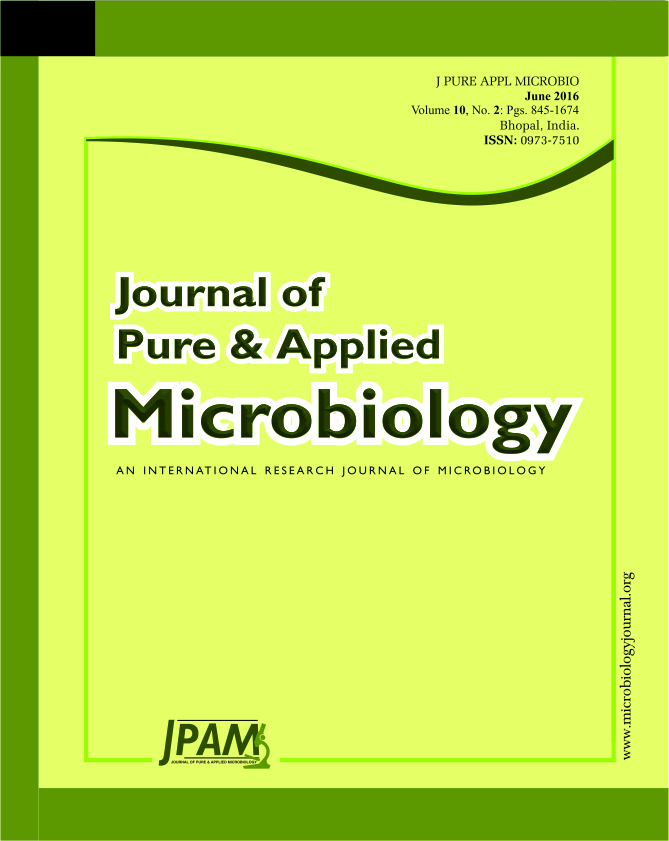Phosphate solubilizing bacteria (PSB) are known to convert phosphate from the insoluble to soluble form , and make it available for plant uptake. The use of microbial inoculants (biofertilizers) possessing P-solubilizing activities in agricultural soils is considered as an environmental-friendly alternative to further applications of chemical based P fertilizers. Therefore, the objective of this research was to mine for phosphate solubilizing microorganisms from our local environments. Upon screening, 45 isolates were obtained showing varying degrees of phosphate solubilization on agar plates using PVK and NBIRP media. One bacterial isolate exhibited the highest phosphate solubilization on both media. The phosphorus solubilizing potential of the isolate was evaluated using solid and liquid media under in vitro conditions. The bacterial isolate was identified based on 16S rRNA gene sequencing data as Erwinia sp.hdds3fr. It was also aimed in this study to investigate nutritional factors affecting P solubilization using the Plackett-Burman experimental design. On the basis of the calculated t-values, the main factor that had significant positive effect on phosphate solubilization by Erwinia sp. hdds3fr was Ca3(PO4)2. In order to validate the obtained data and to evaluate the accuracy of the applied Plackett-Burman statistical design, a verification experiment was carried out. A significant increase near 2 fold in SP was achieved.
Phosphate solubilization; Erwinia sp. hdds3fr; optimization; Plackett-Burman statistical design.
© The Author(s) 2016. Open Access. This article is distributed under the terms of the Creative Commons Attribution 4.0 International License which permits unrestricted use, sharing, distribution, and reproduction in any medium, provided you give appropriate credit to the original author(s) and the source, provide a link to the Creative Commons license, and indicate if changes were made.


